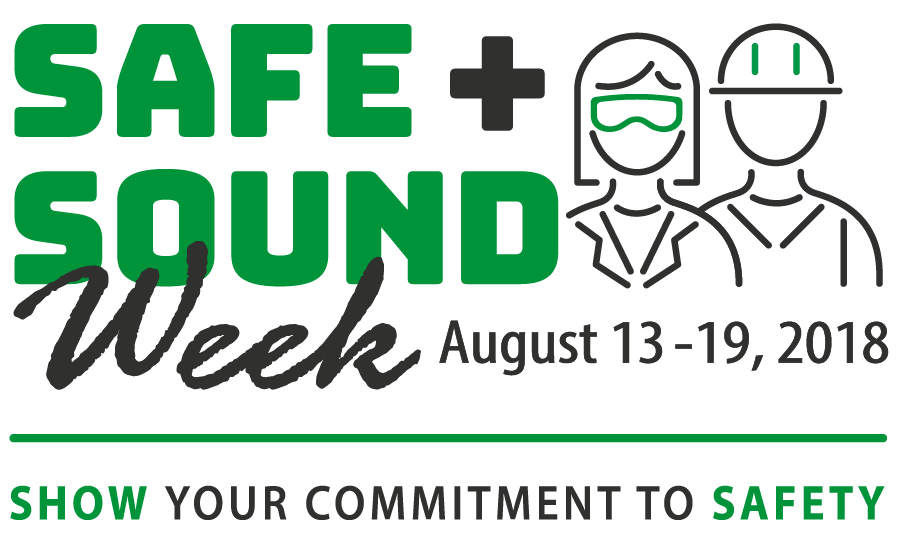With four distinct generations now working together, employers must create and adapt safety and health programs to engage baby boomers, generation X-ers, millennials and the newest generation.
Members of the youngest generation, lacking an agreed-on name, but commonly called Generation Z, are just beginning to enter the workforce, according to the Pew Research Center . Millennials, now in their 20s and 30s, may soon surpass Baby Boomers as the United States’ largest generation .
These generations have dramatically different cultural, societal and educational experiences that shape their perspectives, motivations and “norms” about their work lives. They also have different safety needs.
Generation
Years born
Traditionalist
prior to 1946
Baby Boomers
1946 – 1964
Generation X
1965 – 1980
Millennials
1981 – 1996
Generation Z
1997 – present
Make changes to keep older workers safe
Older employees have delayed retirement far longer than previous generations, and they simply cannot do the physical work they once did in the same manner without increased risk of injury.
Cumulative trauma from age, work and lifestyle can start to exhibit itself in soft tissue and musculoskeletal injuries. Physical strength and muscle mass also decrease as we age.
Employers should take a fresh look at work tasks and processes and try to engineer out manual aspects or incorporate devices or design to reduce the physical burdens of the job.
For example, it may mean breaking down packaging to decrease the weight lifted, or moving keyboards and monitors into more ergonomically correct positions. Job rotation or cross-training can be used to reduce physical strain on employees and prevent repetitive motion injuries. Functional strengthening or flexibility exercises can make employees more resistant to injury and incorporate wellness into the work process.
These improvements can also serve younger employees and promote safety for all employees.
Mentor younger employees on safety
When older employees begin to retire in large numbers shortly, a knowledge vacuum could occur if steps aren’t taken to prevent it. Hundreds of years of collective information about the employer — especially about equipment, machinery, buildings and processes — could be lost.
Begin using mentorship programs or relationships to transfer knowledge to younger generations so their safety isn’t jeopardized when long-term employees retire. A side benefit of mentorship: younger generations can give a fresh look at established processes and generate ideas to make them safer or more efficient.
Take advantage of younger employees’ tech savvy
Younger generations can be incredibly savvy with technology. Use their knowledge to assess opportunities to introduce technology that will advance safety in the workplace. Diversifying training and communication methods to include online, video and teleconferencing benefits all employees.
However, be aware that people’s preferences may differ. Some employees prefer the phone over instant messaging; set guidelines so everyone is communicating effectively. As more and more digital applications enter the workplace, ensure that less technologically advanced workers receive the training and instruction they need to use them safely.
Emphasize wellness among all workers
Total Worker Health — incorporating safety with health promotion on and off the job — benefits all generations in your workplace. Younger generations may expect employers to promote physical activity, mental health, work-life balance and proper nutrition, and they may buy in more quickly than older workers.
Use younger employees’ momentum, energy and leadership to engage older employees in your efforts. Total Worker Health can help reduce the occurrence of chronic, age-related conditions that increase the risk of workplace injury and delay recovery.
Give immediate feedback to younger employees
All employees need and want feedback about their performance and safety efforts. Even so, they differ considerably in what they perceive to be the optimal amount and timing.
All new employees should have a safety orientation, even those who may not be new to the industry. You can’t make assumptions about employees’ safety knowledge based on their ages. Rather, you must train all employees and provide feedback that is best suited for them.
After the initial safety orientation, incorporate ongoing safety messages into team huddles or meetings to combat the information overload that can happen at the beginning of a new job. SFM’s 5-Minute Solutions and Supervisor Initiated Trainings are two tools to add short safety messages into daily work.
Younger employees often look for immediate feedback or response, while older employees may take more of a “no news is good news” approach. Make sure management and employees are all on the same page and understanding of each other’s needs for safety communication.
Having so many generations in the workplace at once presents challenges as well as opportunities. Thinking through your safety program with all of your employees’ needs in mind will take time and effort, but it should pay off in the form of safer, more knowledgeable employees of all ages.

